Schrödinger’s cat, a well-known thought experiment in quantum mechanics, serves as a metaphorical lens through which we can explore the complexities of IT security and compliance. The cat, simultaneously alive and dead until observed, mirrors the uncertain state of an organization’s IT security posture.
Are the systems secure? Is compliance robust? The answers, much like the fate of Schrödinger’s cat, often depend on observation and verification.
By extending this analogy, we uncover valuable insights, particularly when examining vulnerability management, control gaps, risk assessments, and vendor risk management.
The Paradox of Security and Compliance
Organizations operate in a perpetual Schrödinger’s box:
- Compliance Without Security: An organization might demonstrate compliance through documented processes and certifications, but those don’t guarantee actual security. A compliance audit can be passed, yet vulnerabilities might remain hidden.
- Security Without Visibility: Security measures may exist, but their efficacy can be unclear without proper observation. Until vulnerabilities are tested or exploited, the system’s true state is indeterminate.
- Risk Without Certainty: Much like quantum states, risk in IT systems is probabilistic. Controls might mitigate risks theoretically, but without observation, their effectiveness remains unknown.
The Role of the Observer Effect
In quantum mechanics, the observer collapses the superposition of states into a single reality. Similarly, in IT security and compliance, active observation transforms ambiguity into actionable insights. Let’s explore this concept across key areas:
1. Vulnerability Management
In vulnerability management, Schrödinger’s box represents the state of system weaknesses:
- Before Observation: Vulnerabilities may or may not exist. Without active scans or tests, their presence is a probability.
- Observer Role: Tools like vulnerability scanners or penetration testing act as observers, uncovering the “state” of the system.
- Result: Observation collapses uncertainty, allowing organizations to identify, prioritize, and remediate vulnerabilities. Continuous monitoring ensures the box is never left closed for too long.
2. Control Gaps Assessment
Controls are implemented to mitigate risks, but their effectiveness often remains hypothetical until assessed:
- Before Observation: Control gaps might exist, but without regular audits or monitoring, their presence remains unknown.
- Observer Role: Automated control assessments, manual audits, and AI-driven tools serve as observers, verifying whether controls are adequate and effective.
- Result: By observing and addressing control gaps, organizations align their practices with regulatory and security standards.
3. Risk Assessments
Risk assessments operate in a probabilistic domain, much like quantum mechanics:
- Before Observation: Risks might be high or low, but their real impact is uncertain until measured.
- Observer Role: Comprehensive risk assessments, powered by tools and frameworks, evaluate the likelihood and impact of risks based on observed data.
- Result: Observation informs decision-making, enabling organizations to prioritize and mitigate risks effectively.
4. Vendor Risk Assessments
In the interconnected digital ecosystem, third-party vendors represent an extension of an organization’s risk landscape:
- Before Observation: The security posture of a vendor is uncertain until assessed.
- Observer Role: Vendor risk assessments act as observers, uncovering vulnerabilities or compliance issues within third-party systems.
- Result: Regular assessments and monitoring provide clarity, helping organizations manage vendor-related risks and maintain compliance.
Collapsing the Quantum State with Automation and AI
In quantum mechanics, the act of observation resolves uncertainty. In IT security and compliance, automation and AI serve as critical observers, continuously monitoring, assessing, and improving systems:
- Continuous Vulnerability Management: AI-driven tools identify vulnerabilities in real time, ensuring organizations can respond proactively.
- Automated Control Testing: Automation collapses the uncertainty around control gaps by continuously verifying their effectiveness, producing real-time evidence of compliance.
- Dynamic Risk Prediction: AI models analyze historical and real-time data to predict risks, reducing the likelihood of surprises.
- Vendor Risk Monitoring: Automated tools continuously evaluate vendors, ensuring third-party risks are managed dynamically.
The Observer Effect as Proactive Security
Proactive observation is not a one-time activity—it’s a continuous process. Here’s how organizations can adopt the observer effect in practice:
- Dynamic Vulnerability Management: Deploy tools that continuously scan for and remediate vulnerabilities across all systems.
- Regular Control Validation: Automate the testing of security controls to ensure they remain effective against evolving threats.
- Holistic Risk Assessments: Use integrated platforms to conduct comprehensive risk assessments that include internal, external, and vendor-related risks.
- Real-Time Vendor Oversight: Implement systems that monitor vendor compliance and security metrics, providing real-time updates on potential risks.
Schrödinger’s Box in IT Security: Breaking the Paradox
In Schrödinger’s thought experiment, the cat’s fate remains uncertain until observed. In IT security, we don’t have the luxury of leaving the box closed. The stakes are too high.
Bridging Security and Compliance
Organizations must move beyond the paradox by integrating security and compliance into a unified framework. Here’s how:
- Automation as the Key: Platforms like Seconize DeRisk Center automate vulnerability management, control validation, and risk assessments, bridging the gap between compliance and security.
- Framework Unification: A generic compliance framework simplifies adherence to multiple regulatory requirements, providing a consolidated approach.
- Continuous Improvement: Observing isn’t enough—organizations must act on insights to address gaps and enhance their security posture.
Conclusion
Schrödinger’s cat serves as a metaphor for the uncertainty and complexity inherent in IT security and compliance. By embracing the observer effect through automation, AI, and proactive strategies, organizations can collapse the quantum state of risk into actionable insights.
Whether it’s managing vulnerabilities, assessing controls, or evaluating risks, the goal is to ensure the “cat”—your IT systems—is not left in a state of uncertainty. Instead, through continuous observation and improvement, organizations can achieve a robust, unified approach to security and compliance, ensuring the cat emerges not just alive but thriving.
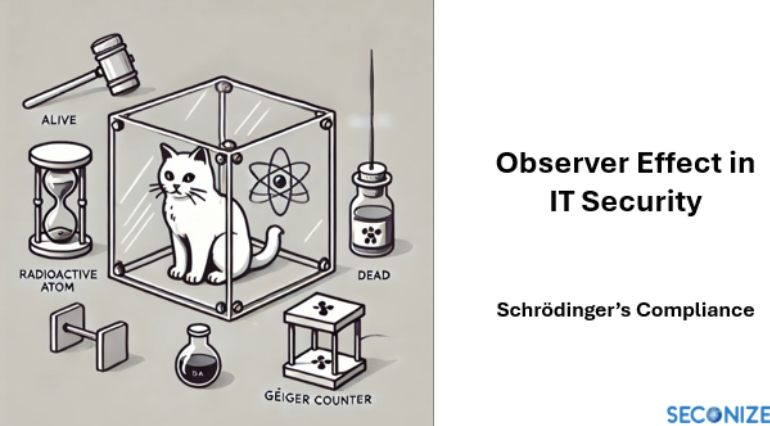
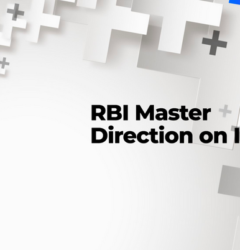

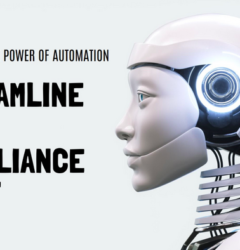

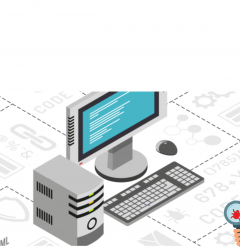

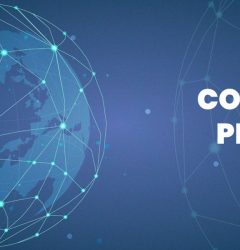
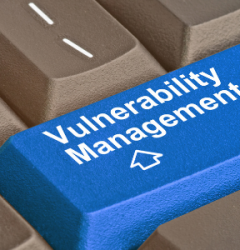








Recent Comments